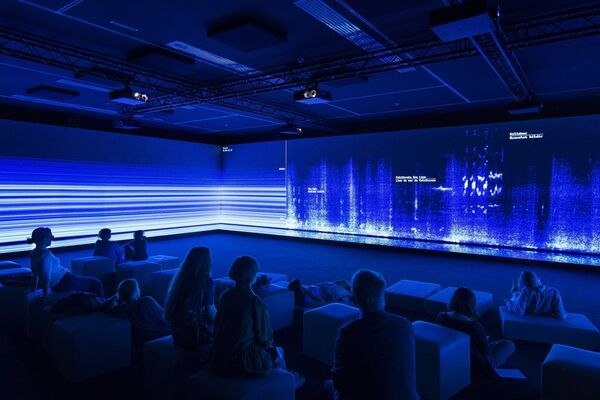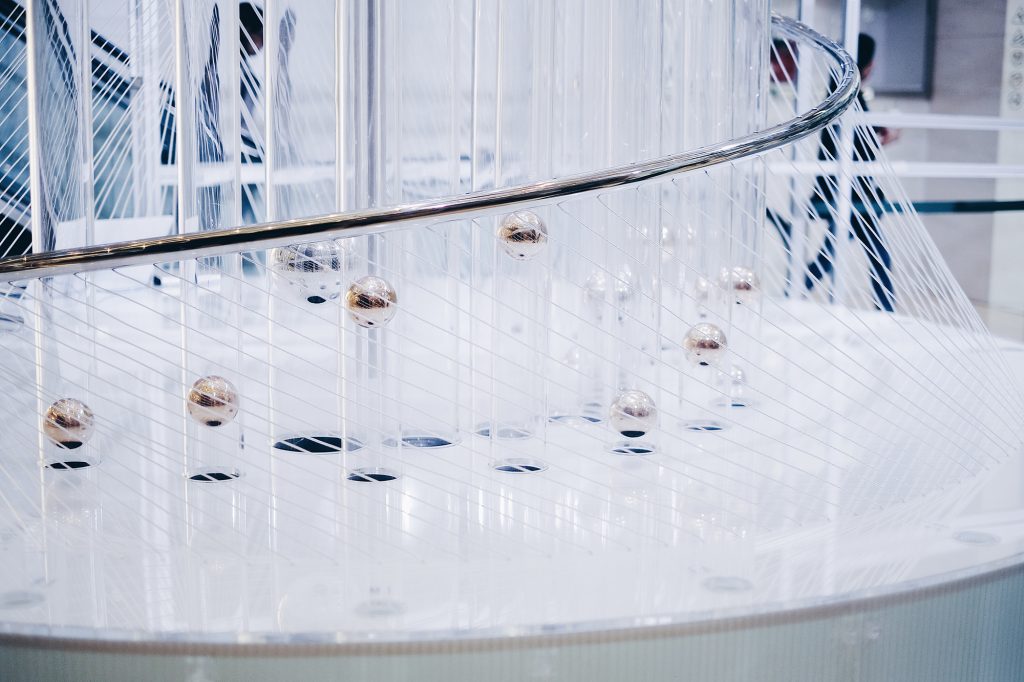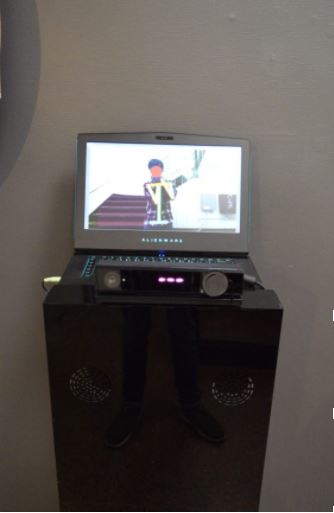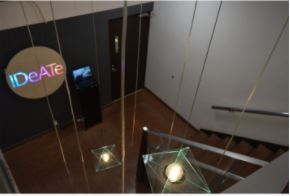LINES is an interactive musical instrument which is one of the most inviting and famous piece in the Tate Modern Museum. No musical experiences are required to perform this sound art which makes it constantly surrounded by kids to play with it. The five lines painted in different color on the wall are connected with different harmonies. By placing hands on different lines, the audience can enjoy this free, casual and playful music made by their own. The exhibition is created by the Swedish composer Anders Lind who has created a series of interactive sound art with simplicity. The combination of programming sensors and colors allow the audience to experience the fine line between “sound” and “music” freely and subtly.
Video Link: https://www.youtube.com/watch?v=hP36xoPXDnM
![[OLD FALL 2020] 15-104 • Introduction to Computing for Creative Practice](../../wp-content/uploads/2021/09/stop-banner.png)




